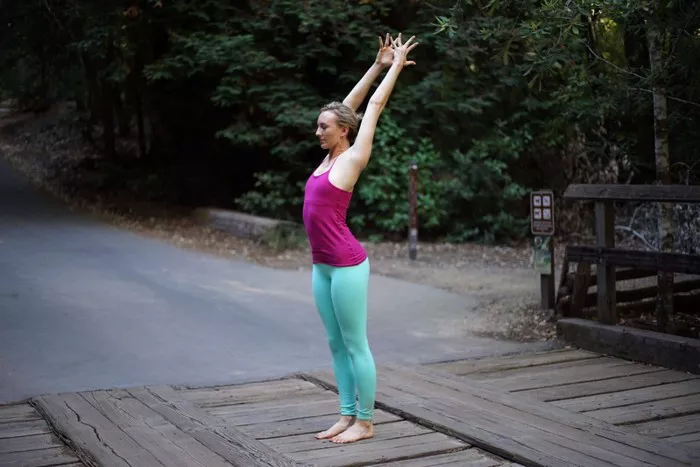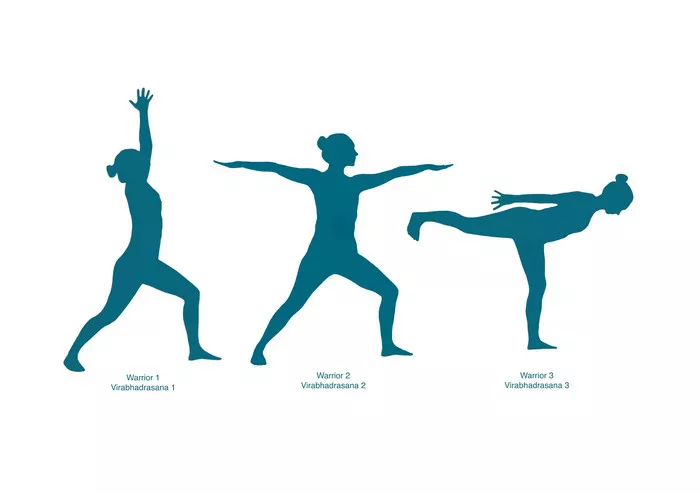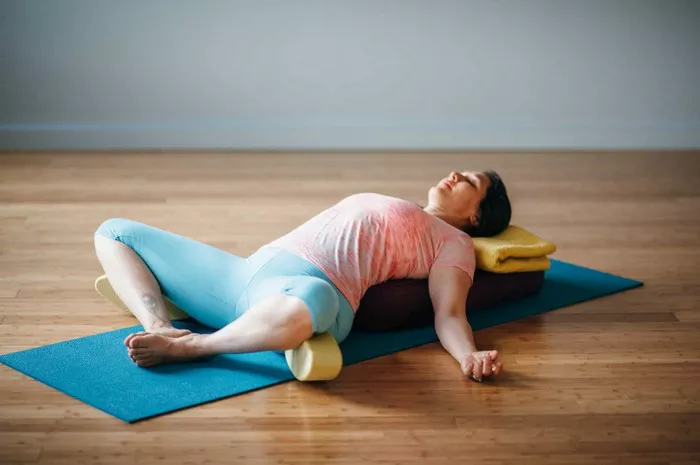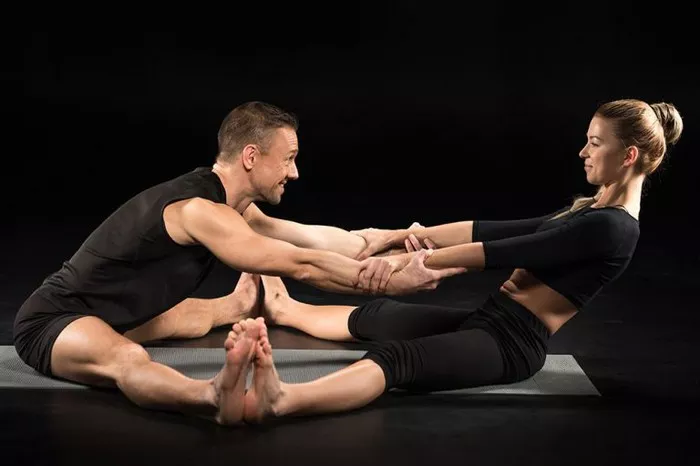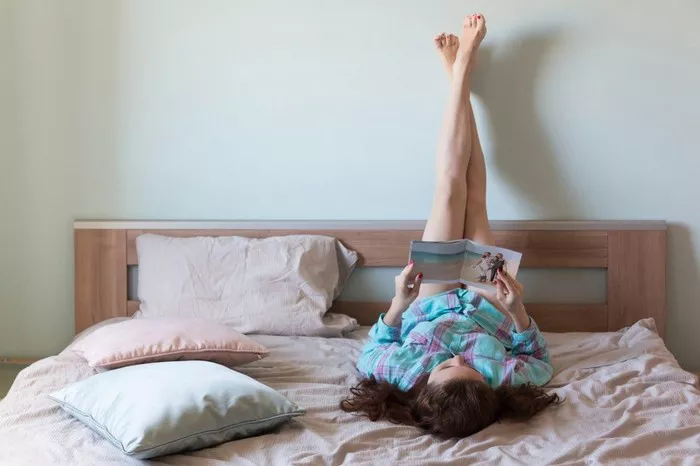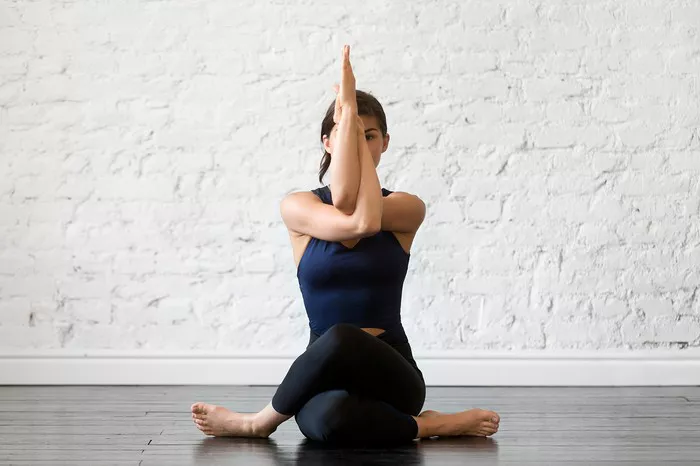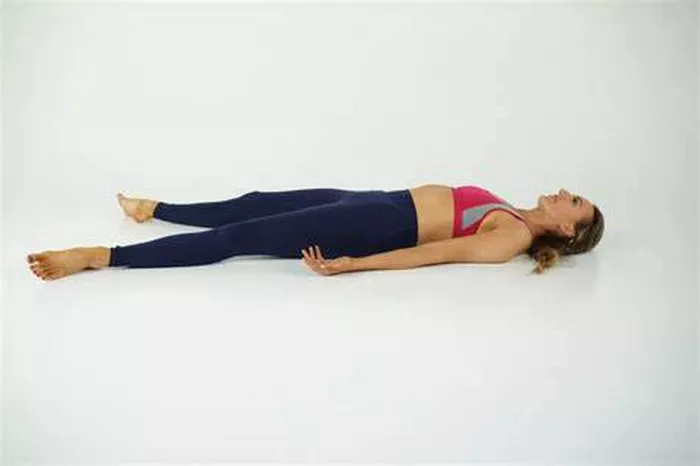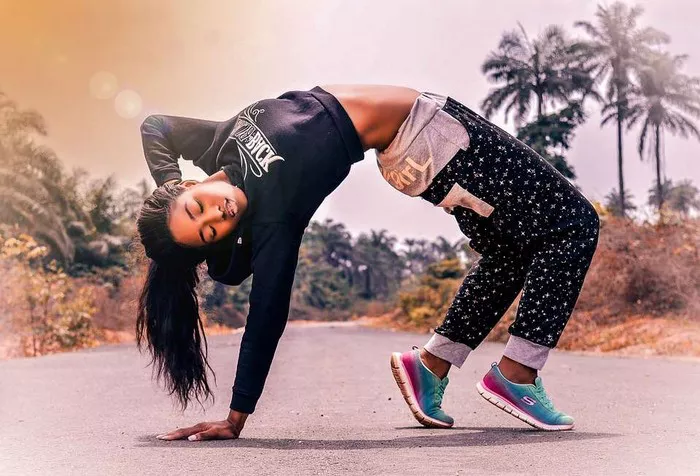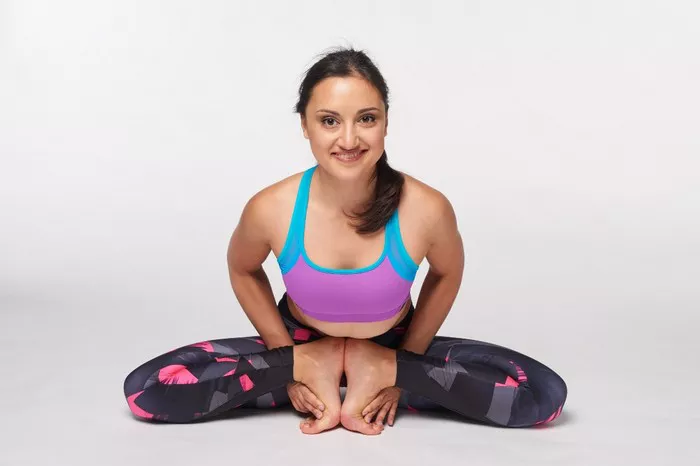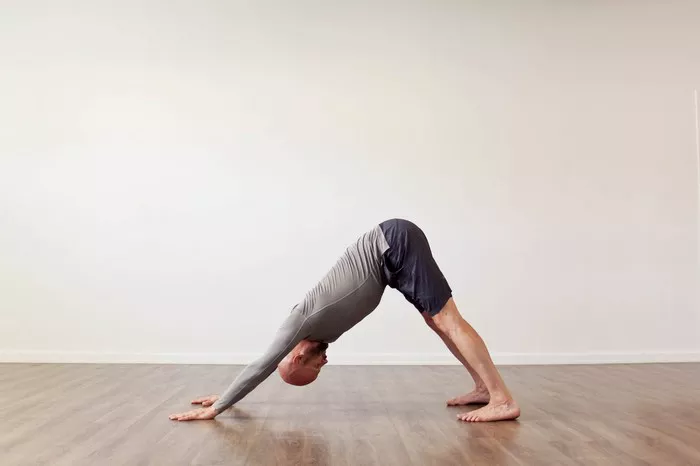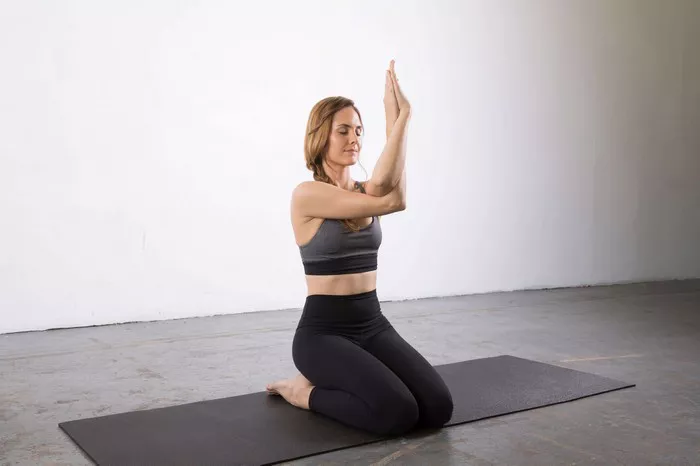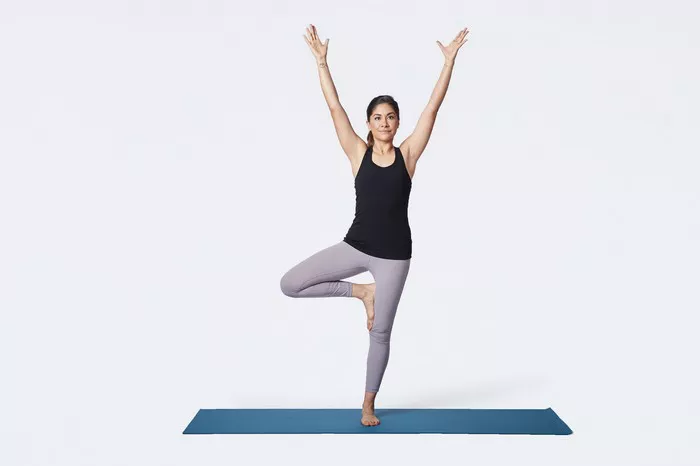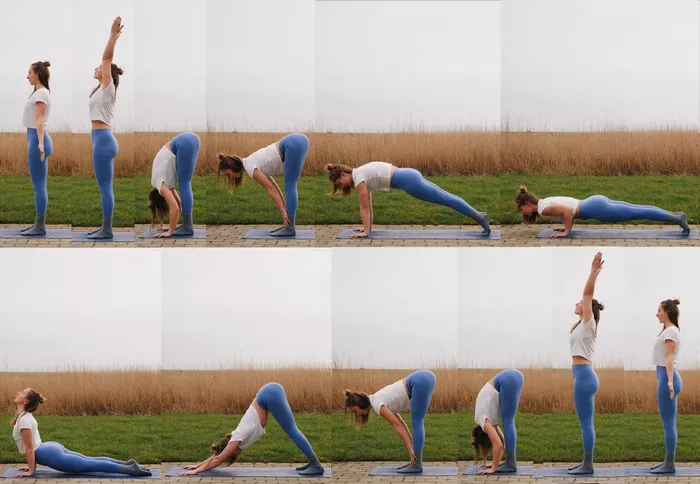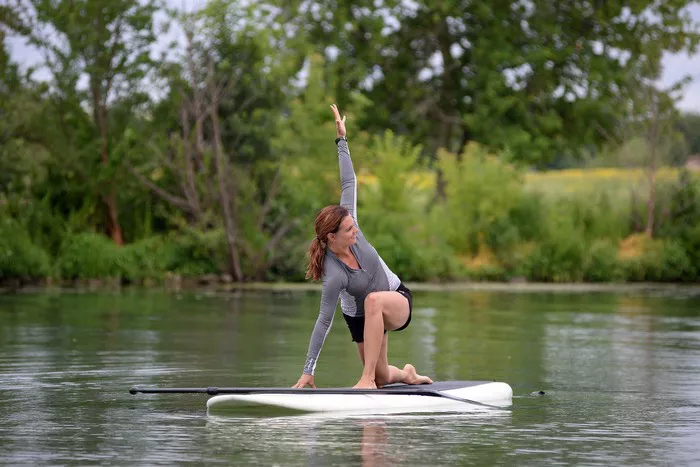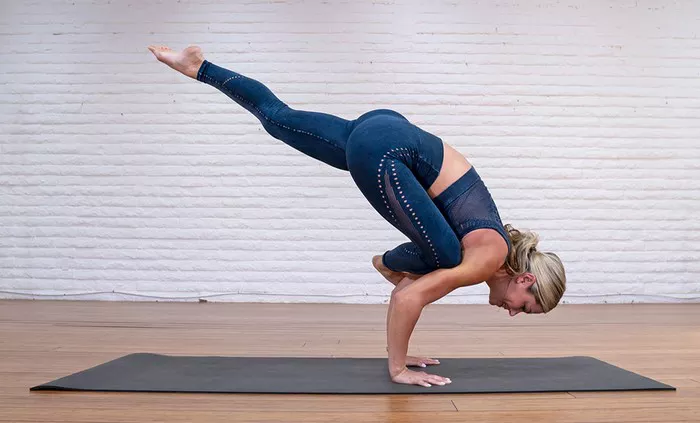Wall rope yoga, also known as “Yoga Kurunta,” is a specialized form of yoga that utilizes ropes securely fastened to a wall to aid in the execution of various yoga poses. Originating from the teachings of B.K.S. Iyengar, this practice is designed to enhance alignment, increase flexibility, and provide support for deepening into postures. By using gravity and resistance in a unique way, wall rope yoga offers practitioners a dynamic experience that can transform their physical and mental practice. Whether you are a beginner or an advanced yogi, the rope wall introduces a new level of depth and awareness.
Historical Background and Origins
The practice of using ropes in yoga was pioneered by B.K.S. Iyengar, a renowned yoga teacher who emphasized precision, alignment, and the therapeutic benefits of yoga. Iyengar developed the rope wall as a way to assist students in achieving proper alignment and holding poses longer without strain. Inspired by traditional Indian methods of physical training and yogic practices, the use of ropes allowed students with limited mobility or injuries to safely engage in challenging postures. Over time, this method evolved and became an integral part of Iyengar yoga, especially in therapeutic and restorative sessions.
Key Benefits of Wall Rope Yoga
- Enhanced Alignment: The ropes help maintain the correct posture, reducing the risk of misalignment and injury.
- Deeper Stretching: Gravity assists in extending the body more deeply than in mat-based poses.
- Increased Stability: The ropes provide additional support, helping practitioners feel secure, especially in balancing or inverted poses.
- Reduced Pressure on Joints: By offloading body weight onto the ropes, pressure on joints like knees and wrists can be minimized.
- Therapeutic Effects: Ideal for those recovering from injury, wall rope yoga can be tailored to gently support healing.
Additional Advantages
- Improves posture and spinal health
- Builds upper body strength
- Encourages body awareness and mindfulness
- Facilitates longer hold times for deeper introspection
- Makes advanced poses more accessible
Essential Equipment and Setup
To practice wall rope yoga safely and effectively, specific equipment is necessary:
- Rope Wall System: Installed with eye bolts, hooks, or specialized wall panels to securely hold yoga ropes.
- Yoga Ropes: Thick cotton or nylon ropes with loops on both ends.
- Yoga Mat: To prevent slipping and cushion the body.
- Props: Blocks, belts, bolsters, and blankets for added support and versatility.
Setting Up Your Space
- Choose a flat, unobstructed wall.
- Ensure the wall can support the installation of ropes or use a pre-installed rope wall unit.
- Install eye bolts or wall panels at appropriate heights.
- Attach ropes securely, ensuring they are firmly anchored.
- Place your yoga mat directly in front of the rope wall.
Foundational Poses with Ropes
Wall rope yoga offers variations of traditional asanas that leverage the support and resistance of the ropes. Below are some foundational poses:
- Tadasana (Mountain Pose) with ropes: Helps align posture and improve body awareness.
- Adho Mukha Svanasana (Downward Dog) using ropes: Supports spinal elongation and relieves pressure from wrists.
- Uttanasana (Forward Fold) with hip support: Enhances hamstring stretch while minimizing strain.
- Rope Sirsasana (Headstand): Allows safe inversion with rope support, reducing pressure on the neck.
- Supta Baddha Konasana (Reclining Bound Angle Pose) in ropes: Provides restorative benefits by gently opening the hips.
Intermediate and Advanced Practices
Once comfortable with foundational postures, practitioners can explore more advanced poses:
- Rope-assisted Backbends: Ropes help achieve deeper spinal extensions like Urdhva Dhanurasana (Wheel Pose).
- Wall-supported Shoulderstand (Sarvangasana): Ropes offer firm support to align the shoulders and spine.
- Inverted Poses: Practice poses like Viparita Karani (Legs-up-the-wall) with traction provided by ropes.
- Twists and Lateral Stretches: Enhance detoxification and spinal flexibility.
Safety Tips and Precautions
While wall rope yoga is accessible to many, it is crucial to observe safety guidelines:
- Always consult a certified yoga instructor before beginning rope practice.
- Check all equipment for wear and tear before each session.
- Warm up the body adequately to prevent strains.
- Avoid overextending, especially in inversions.
- Pregnant women and individuals with certain medical conditions should seek medical advice before participating.
Common Mistakes to Avoid
- Using ropes that are too loose or improperly anchored
- Ignoring bodily signals of discomfort or pain
- Skipping warm-up or cool-down routines
- Practicing without supervision in the initial stages
Therapeutic Applications of Wall Rope Yoga
Wall rope yoga is frequently used in therapeutic settings to support physical and emotional recovery. For individuals with back pain, scoliosis, arthritis, or postural issues, the ropes can facilitate safe movement and alignment. Therapists often incorporate this method for:
- Post-surgical rehabilitation
- Chronic pain management
- Improving circulation and lymphatic drainage
- Stress relief and anxiety reduction
- Enhancing breath awareness and lung capacity
By adapting poses to individual needs, rope yoga provides a gentle yet effective modality for healing.
Who Can Benefit from Wall Rope Yoga
This practice is suitable for a wide demographic:
- Beginners: The ropes offer assistance and support, reducing fear and enabling exploration.
- Seniors: Encourages mobility with minimal strain.
- Athletes: Aids in recovery and flexibility.
- Desk workers: Alleviates spinal compression and improves posture.
- Yoga therapists: Offers a controlled environment for healing work.
Integrating Wall Rope Yoga into Your Practice
To fully benefit from wall rope yoga, it’s important to incorporate it consistently into your practice. Begin by attending a class with a certified Iyengar or rope yoga teacher. As you grow more comfortable, integrate rope-based sequences into your home routine. It can complement other yoga styles by improving alignment and enabling deeper engagement in poses. For best results, practice 2-3 times per week.
Sample Weekly Routine
- Day 1: Foundational rope poses + relaxation
- Day 2: Rope-assisted backbends and twists
- Day 3: Restorative and therapeutic sequence
- Day 4: Inversion practice + breathwork
Conclusion
Wall rope yoga is a transformative practice that blends the structure of Iyengar yoga with the functional support of wall ropes. It opens the door to deeper alignment, safer inversions, and therapeutic applications for various conditions. Whether you are looking to improve flexibility, recover from injury, or deepen your yoga experience, this form of yoga offers a powerful and accessible path. With proper guidance and consistent practice, wall rope yoga can become a cornerstone of a well-rounded wellness routine.
Related Topics:

